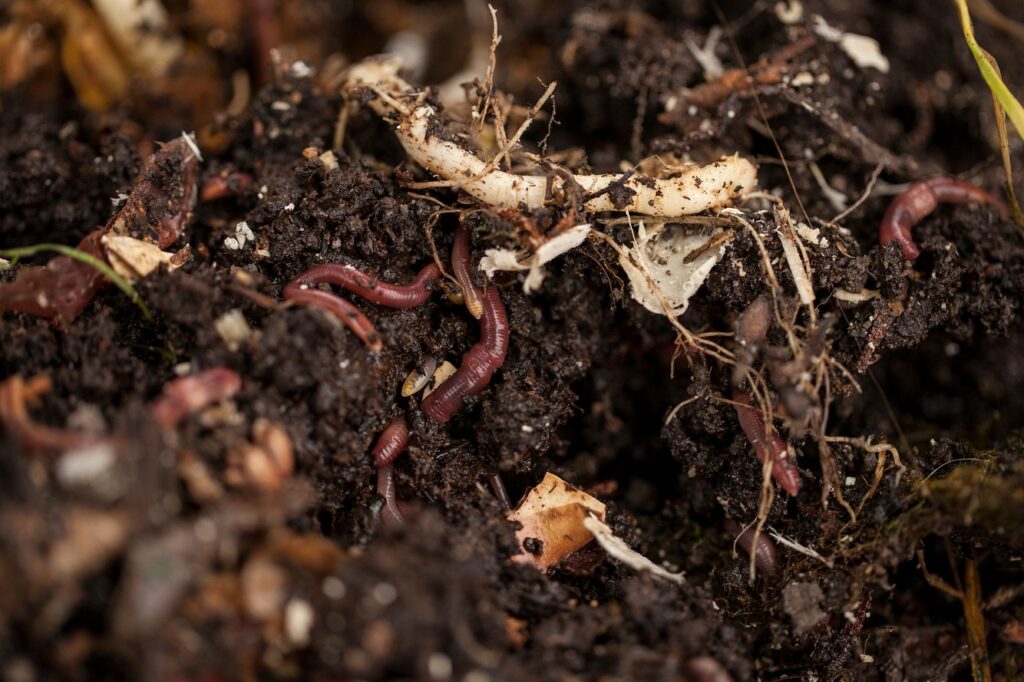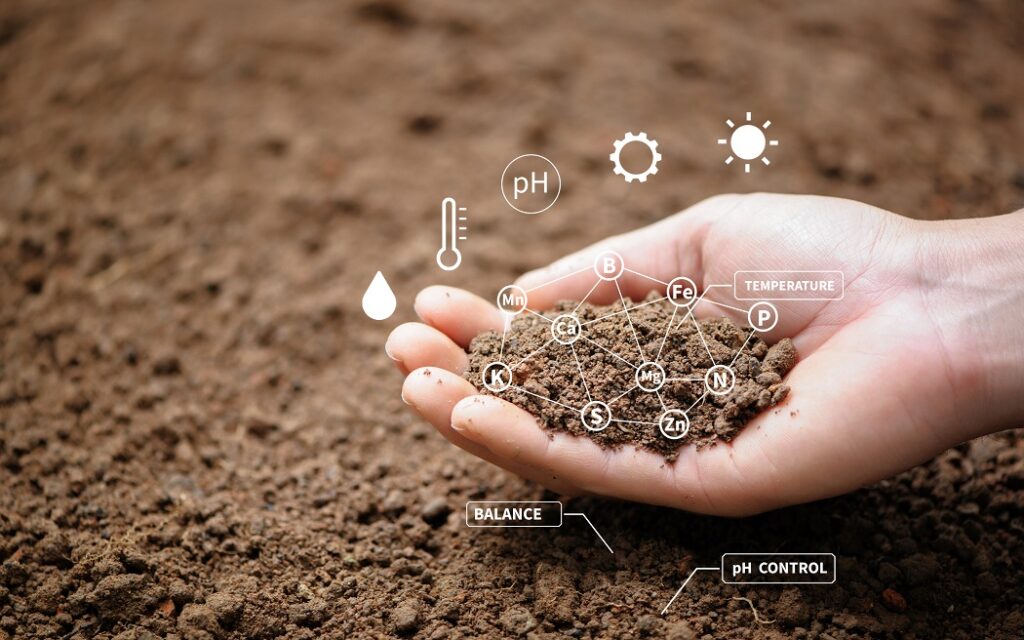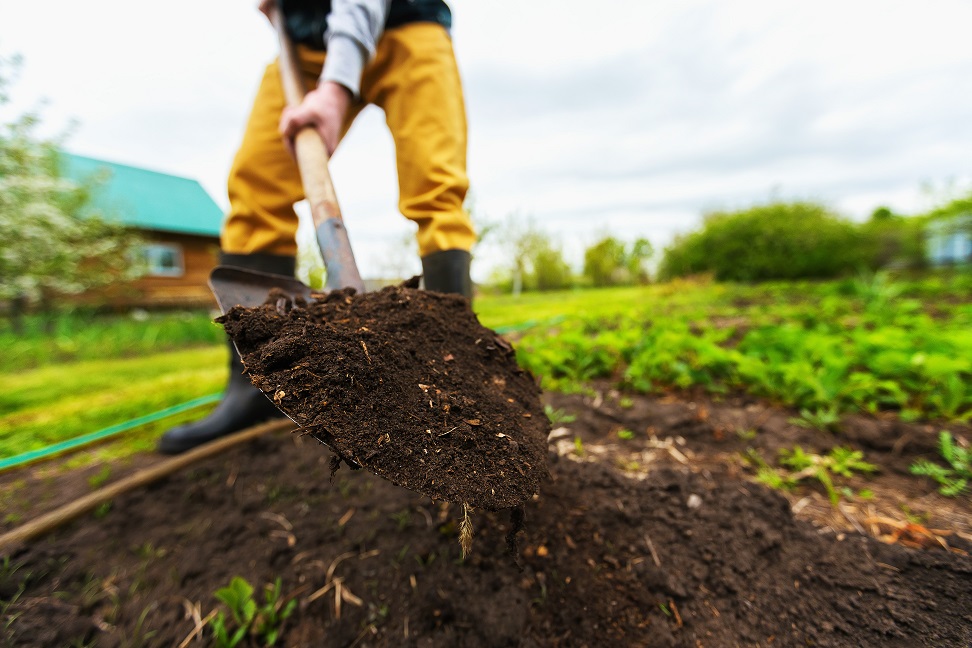December 5th marks World Soil Day. Since time immemorial, humans have been trying to better understand soil composition, function, and cycles so that we can use them more productively in agriculture. Around the world, we have applied techniques of science and spirituality to make rhyme and reason of our soils’ complex ecosystems. With such knowledge, “dirt” becomes “soil,” a realm full of intrigue, mystery, and exciting discoveries.
Environmentalists and organic farmers have recently emphasized the need to cultivate a more sustainable human relationship with soil. Here enters the conversation around soil health and climate change, two factors that can affect one another simultaneously and teach us plenty about how to support both environmental and human health consciously. Today’s article explores how soil can act as a greenhouse gas sink and what solutions we must implement to improve the health of soils worldwide.

Soil: A Greenhouse Gas Sink
Let’s begin with one essential fact: soil is among the world’s largest carbon stores, second only to the ocean in its ability to capture carbon and (under the right conditions) lock it away for hundreds, or even thousands, of years. However, factors like intensive farming, erosion, deforestation and rising temperatures can extract carbon from the soil and release it into our atmosphere. Of course, soil compositions vary worldwide, meaning that different areas will face different threats. For instance, soil in southern Europe, usually warm and dry, will typically hold less carbon than the peatlands of northern Europe, which are cool and wet. Since climate change will act differently in each area, it can be challenging to predict how soils’ carbon sinks will react.
In addition to storing carbon, soil can also store methane. In particular, northern Europe and Russia are home to melting permafrost layers threatening to release this second, even more concerning, greenhouse gas. How? When permafrost melts, microbes can consume freshly available organic matter, releasing methane in the process.
Thankfully, research shows that if the soil is drained where permafrost once was, new plants may grow and help trap methane beneath the surface. More research is needed in this area, and more time is required to observe the long-term effects of permafrost melt. Of remaining concern is how areas with poor drainage or increased precipitation from climate change will release methane since they will not be able to dry out sufficiently for proper plant growth.

Alternative Techniques and Solutions
Some of the most promising solutions to supporting soil health include crop rotation, no-till farming, cover cropping, introducing microbes and fungi, and implementing closed-loop agriculture. Note that these techniques can take many years to have a substantial impact and that they must be implemented across the globe for most regions to experience a noticeable change. Organic farmers worked on less than 1% of all American farmland in 2016, and the industry needs consumers’ vocal, financial, and legal support. We must buy our food locally and from ethically responsible producers. We must also vote for agricultural subsidies and grants that support sustainable farmers.
Aside from proper agricultural techniques, we must restore entire ecosystems and institute legislation to protect wild lands. We must rethink our energy grid and stray away from fossil fuels, the extraction of which can majorly disrupt expansive swathes of once-healthy soil. In cities, the presence of soil alone can protect us from the effects of climate change. In the oven of a “concrete jungle,” heat is trapped by tall buildings, sidewalks, parking lots, and roads. The protection of parks in such areas will ensure that soil can store water and cool surrounding areas – with none of the ill effects of air conditioners, which account for a whopping 10% of global electricity consumption.

One Word: Respect
We must treat soil with the respect it deserves. For billions of years, it has supported life on Planet Earth simply by existing. Developing a sustainable relationship with soil is therefore essential to our continued existence, not just because we need food, but also because soil stores the greenhouse gasses that are changing the trajectory of all life on Earth. Here at eco18, we wish you a Happy World Soil Day and encourage you to learn more about the ground beneath your feet.
 Food
Food Farmers
Farmers Sustainable Living
Sustainable Living Living Planet
Living Planet News
News